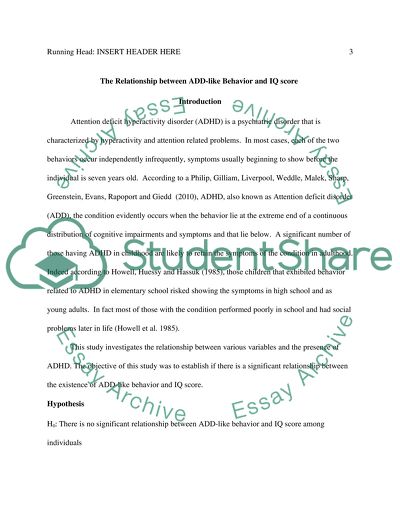Cite this document
(“PROJECT Essay Example | Topics and Well Written Essays - 1000 words”, n.d.)
Retrieved from https://studentshare.org/other/1426161-project
Retrieved from https://studentshare.org/other/1426161-project
(PROJECT Essay Example | Topics and Well Written Essays - 1000 Words)
https://studentshare.org/other/1426161-project.
https://studentshare.org/other/1426161-project.
“PROJECT Essay Example | Topics and Well Written Essays - 1000 Words”, n.d. https://studentshare.org/other/1426161-project.


